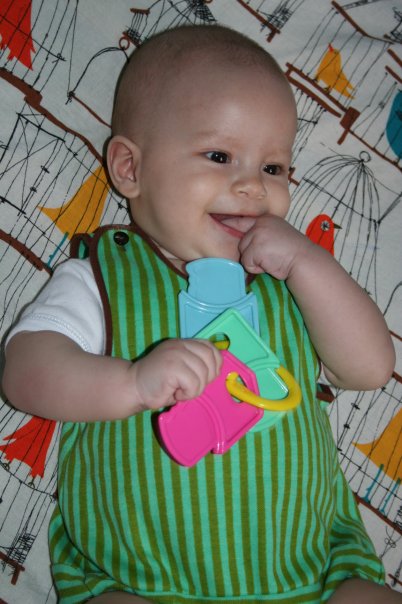The cost of children
Not too different in the U.S. and Sweden unless you account for the automatic child support and aid, which is partially paid regardless of parental income in Sweden.
-
 Raising children is expensive, any parent will tell you that. But just how expensive is it? Well, in Sweden, it costs an average of 1.4 million SEK (or $212,000) to raise a child up until his or her18th birthday.
Raising children is expensive, any parent will tell you that. But just how expensive is it? Well, in Sweden, it costs an average of 1.4 million SEK (or $212,000) to raise a child up until his or her18th birthday. -
-
1.4 million SEK (or $212,000). That’s how much a child costs up to her 18th birthday in Sweden, according to Swedbank’s Institute for personal finances.
”You have to plan and save as much as possible before becoming a parent,” says Madelen Falkenhäll from Swedbank, a bank that periodically estimates what a baby costs, by looking at equipment, running costs, and income reductions.
In Sweden, children are the most expensive during their first year, with all the new equipment needed and the reductions in their parents’ income they are expected to cost a whopping 110,600 SEK ($16,740) that year.
Children are cheapest when they are about four years old, when on an average they cost little more than 67,000 SEK ($10,000) a year.
Then they get more expensive again in their teens, when things like clothes, pocket money, gifts to friends, and hobbies cost more. Youths in ages 17-18, cost an average of 80,000 SEK ($12,000) a year. -
 Children get more expensive again in their teens, when things like clothes, pocket money, gifts to friends, and hobbies cost more. Photo: språkresor.se
Children get more expensive again in their teens, when things like clothes, pocket money, gifts to friends, and hobbies cost more. Photo: språkresor.se -
-
Child support and aid...
These numbers are gross numbers, Swedbank calculates that parents receive income in form of child support and study aids totaling 230,000 SEK ($35,000) until the child turns 18.
”When you are two adults with no dependents living in the same household, you often have a great financial situation, provided both of you are employed. You won’t have a situation this good in many years, which is why it’s a great time to save,” says Falkenhäll. She thinks it’s best to spend money on equipment that has to do with safety. If you drive a lot, then buying a great car seat, if you walk a lot, then put your money on a great stroller. According to Falkenhäll, it’s also important to try to understand the need for a buffer when you have children.
”You have to be prepared for that your incomes decrease and your spending increase. If you have no car, then perhaps you will need one, and if you have a car, you might need a bigger one. You may also need a bigger apartment or house,” she says. Other items to think over are insurances and family law. ”If for instance, a couple isn’t married then it’s important to check what the law is, as finances become even more important if you have a child together.” -
With a before-tax family income of $59,410 to $102,870 (Average = $79,940) the estimated average spending on children up to the age of 18 in the U.S. is $234,900. (Not counting savings or expenses for college or higher education) 2011 estimate based on a survey by the U.S. Department of Agriculture and a family with two children on a per-child basis.
-
-
